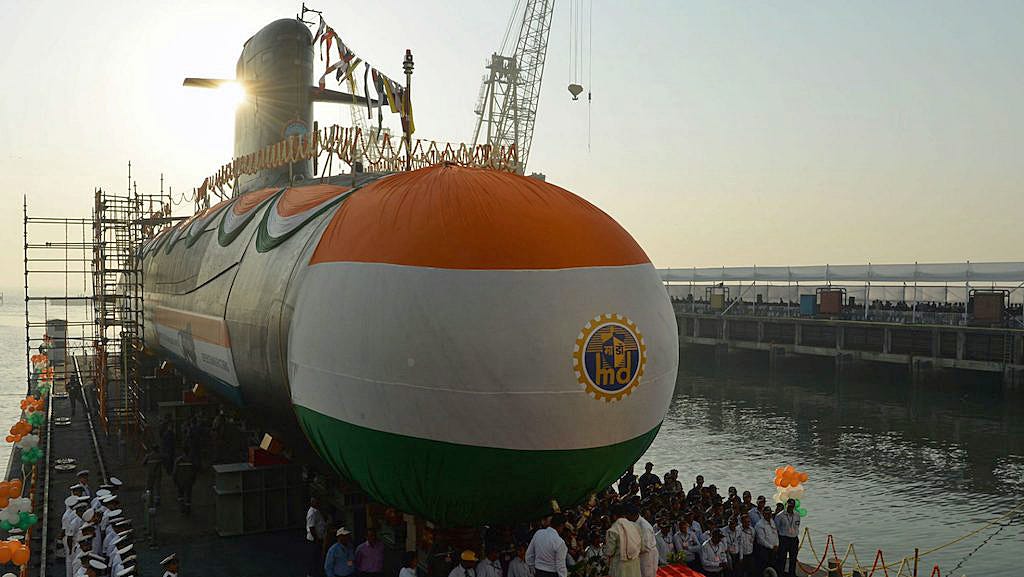Deep Dive: India’s Own String of Pearls
New Delhi is boosting its defense presence across the Indo-Pacific, as Beijing’s footprint also grows.
by Phillip Orchard
October 26, 2018
India’s internal pressures and geographic isolation have long kept its government focused primarily on the affairs of the subcontinent. But fearing encirclement by China’s expanding military presence, and depending more and more on vital economic lifelines through hotly contested waters, New Delhi is expanding India’s defense presence across the Indo-Pacific. From the shores of southeastern Africa to the mouth of the Malacca Strait and, increasingly, into East and Southeast Asia, India is wooing strategically located states and winning access to foreign ports and military bases, while building up naval and air infrastructure to leverage the geographic advantages its own remote territories provide.
This Deep Dive surveys the strategic logic, advantages and limitations of India’s expanding military footprint in each corner of the Indian Ocean basin. It also looks at how a greater Indian presence might bolster the emerging multinational effort to contain …


